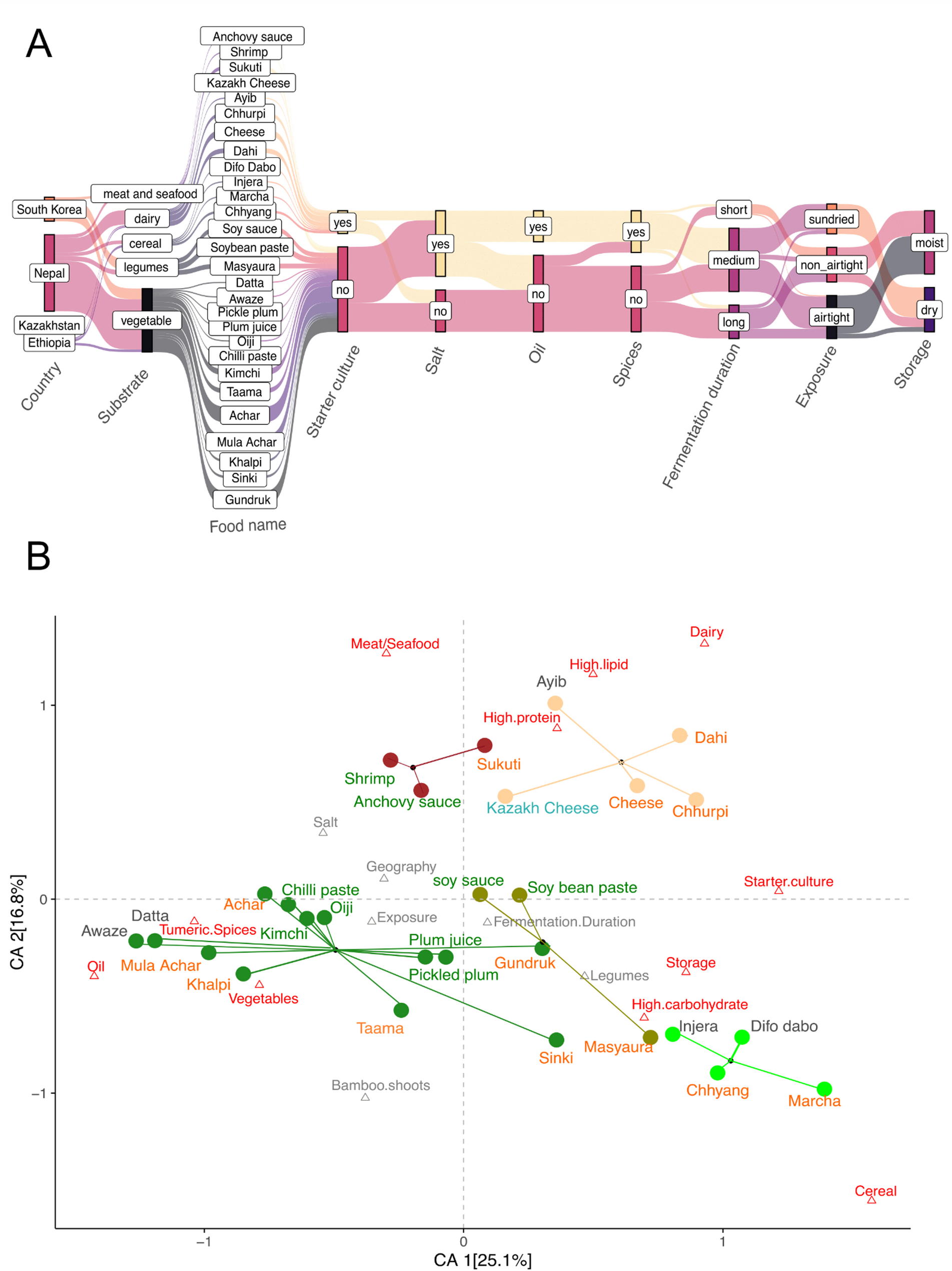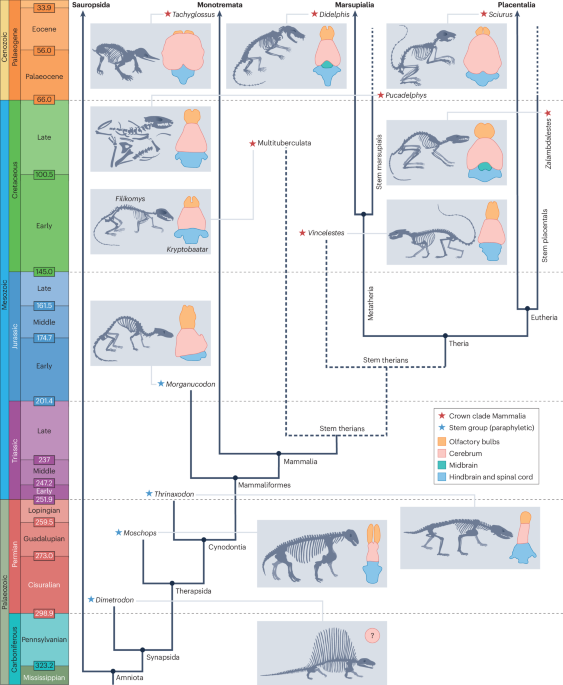Darwin Quiroz is exploring new frontiers in miniature lasers with major biomedical applications.
When Quiroz first started working with optics as an undergraduate, he was developing atomic magnetometers. That experience sparked a growing…

Darwin Quiroz is exploring new frontiers in miniature lasers with major biomedical applications.
When Quiroz first started working with optics as an undergraduate, he was developing atomic magnetometers. That experience sparked a growing…

When we form a memory, brain cells need to deliver supplies to strengthen specific neural connections. A new study from MPFI and Weill Cornell Medicine has revealed how two cellular switches, Rab4 and Rab10, direct supplies to where…

Also known as the Orionids, the Orionid meteor shower is caused by debris from Halley’s Comet. As these bits of matter heat up and hurtle towards the Earth, they create and leave behind glowing streaks in the…

Darwin Quiroz is exploring new frontiers in miniature lasers with major biomedical applications.
When Quiroz first started working with optics as an undergraduate, he was developing atomic magnetometers. That experience sparked a…

HOUSTON – An unusual double-ring structure spotted in space with the help of citizen scientists has turned out to be a cosmic rarity. The celestial anomaly, captured by a radio telescope, is an odd radio circle, one of the scarcest and most…

ISTANBUL – Saturn’s small, cratered moon, Mimas, may secretly harbor a young subsurface ocean — a finding that could reshape how scientists define ocean worlds in the solar system, new research suggested. “When we look at Mimas, we…

We collected 90 samples of 24 different types of fermented foods from Nepal (n = 64), South Korea (n = 20), Ethiopia (n = 5), and Kazakhstan (n = 1) that…

SpaceX has completed its eleventh integrated flight test of Starship, marking another leap forward in developing the world’s most powerful and fully reusable launch system.
Launched from Starbase, Texas, the flight saw both the Super Heavy…

On 6 January 2024, Chicago comedian Winslow Dumaine photographed the near-perfect impression of what looked like a brown rat on a sidewalk in Roscoe Village, a neighbourhood in the north of the city.
The so-called ‘Chicago Rat Hole’ – a…

Finlay, B. in Encyclopedia of Neuroscience (ed. Squire, L. R.) 337–345 (Academic, 2009).
Halley, A. C. & Krubitzer, L. Not all cortical expansions are the same: the coevolution of the neocortex and the dorsal thalamus in mammals. Curr. Opin….